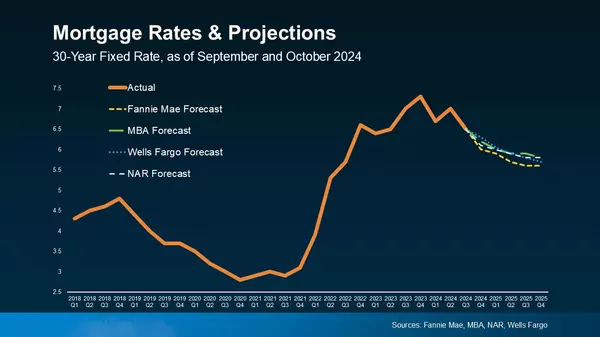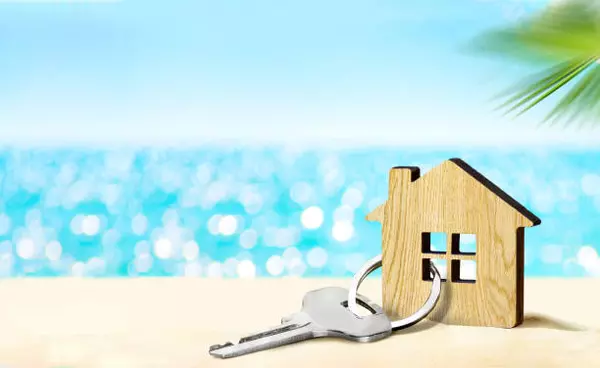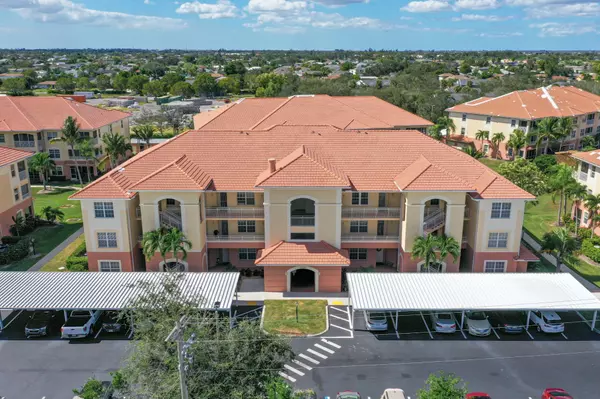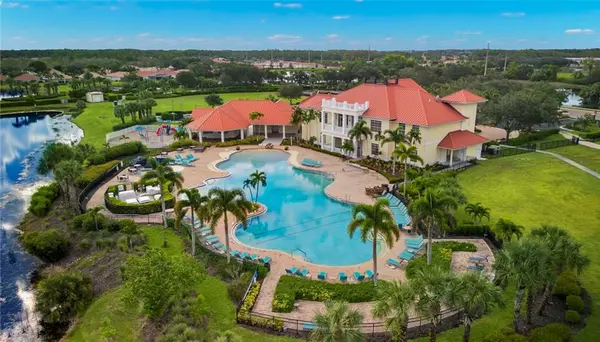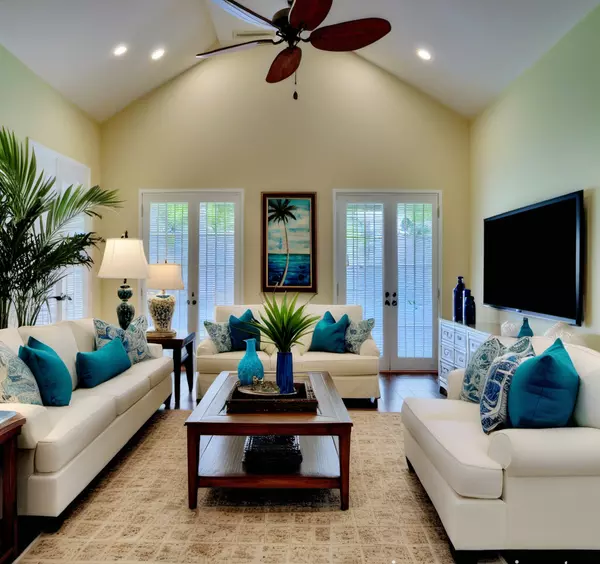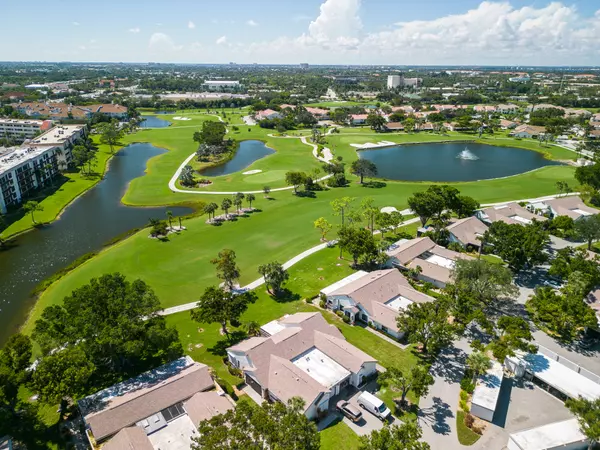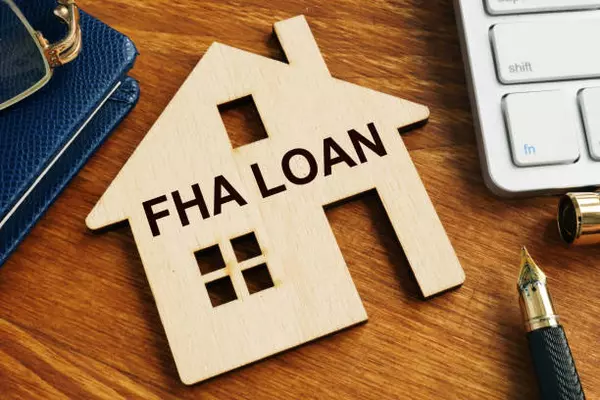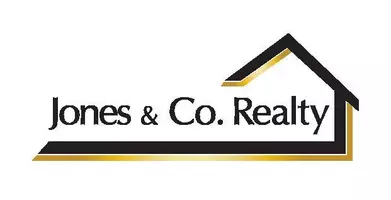Navigating Property Insurance in Florida
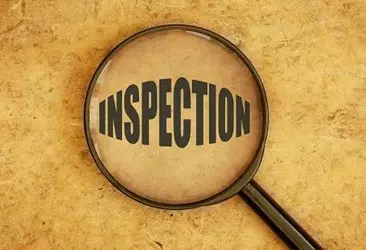
In Florida, where hurricanes and tropical storms are a way of life, standard homeowners' policies fall short. Here, windstorm and flood coverage aren't just advisable, they're often a necessity for homes with mortgages. Key Coverage: Hurricane and Windstorm Hurricane and windstorm coverage are critical for Florida homeowners. Reducing exposure to storm damage can significantly cut your premiums. One effective and affordable strategy is to have a Wind Mitigation inspection. This inspection documents your home's construction features that enhance its resistance to high winds, potentially leading to premium discounts. Wind Mitigation Inspections Wind Mitigation inspections, frequently referred to as a "wind mit", are often paired with 4-Point inspections. These inspections review: Roof Covering: Type, age, and compliance with building codes. Roof-Deck Attachment: Nail and fastener details. Roof-to-Wall Attachment: Number and type of metal straps or clips. Roof Shape: Hip roofs (four sloping sides) are preferred. Secondary Water Resistance: Barriers protecting against water intrusion. Opening Protection: Impact-rated windows and doors or storm shutters. Building Construction: Material type (concrete block, wood frame, etc.). Important Note on Flood Insurance Hurricane and windstorm coverage do not include flood insurance, which requires a separate policy. Who Can Perform Wind Mitigation Inspections? Florida-licensed home inspectors, building contractors, engineers, architects, or code inspectors can conduct these inspections and provide a standardized report for your insurance company. This report, called the Uniform Mitigation Verification Inspection Form, verifies the updates and preferred attachments in your home, accompanied by photos. Benefits and Costs A Wind Mitigation inspection for a single-family home typically costs under $200 and can result in noticeable premium savings, often around 15% annually. Beyond savings, these inspections can guide homeowners in strengthening their homes against storms for safety and structural integrity. Wind Mitigation for Condominiums Owners of low and mid-rise condominiums can also benefit from Wind Mitigation inspections, although these may cost more than inspections for single-family homes. High-rise condominiums have different considerations and require specialized inspections. Validity and Updates Wind Mitigation reports are valid for five years. Major roof repairs or replacements necessitate a new report to ensure your insurance company recognizes the enhanced protection of a newer roof, potentially qualifying you for further discounts. What is a 4-Point Inspection Certain insurance companies may require four-point inspections before issuing a policy. While each company has its specific guidelines, homes over 30 years old typically require a four-point inspection. The inspection covers: Electrical: Breaker panel condition, wiring type, and grounding. HVAC: Age, functionality, and working condition. Plumbing: Pipe condition, leaks, and water heater details. Roof: Material, age, damage, and leaks. Benefits of 4-Point Inspections A 4-Point inspection can help homeowners address deficiencies before they become major issues, making it easier to obtain insurance coverage. Providing a pre-listing 4-Point inspection can also reassure potential buyers. For current homeowners, updating your insurance company with a new 4-Point inspection after upgrades or repairs can help maintain or reduce premiums. Final Thoughts Understanding and utilizing Wind Mitigation and 4-Point inspections can play a crucial role in reducing insurance premiums and safeguarding your property. For detailed coverage, deductible, and exclusion information, consult a Florida-licensed insurance agent. And don't hesitate to contact a licensed home inspector to perform these inspections it could save you substantial money on your insurance premiums.
Read MoreExplore Fort Myers with Your Pooch: Dog-Friendly Adventures Await!

Fort Myers, Florida, isn’t just a paradise for humans—it’s a haven for our furry friends too! Whether you’re looking to enjoy a refreshing pint at a dog-friendly brewery or embark on scenic boat tours with your canine companion, Fort Myers offers a wealth of dog-friendly activities that cater to every tail-wagging taste. Here’s your guide to some fun dog-friendly things to do in Fort Myers: Yappy Hour at Bell Tower Shops Located in the heart of Fort Myers, Yappy Hour at Bell Tower Shops is a monthly celebration where dogs and their owners come together for a paw-some evening of fun. Held on the 2nd Friday of every month from 6pm to 8pm in Center Court, this event features refreshments, snacks, and special surprises from local retailers. Best of all, it’s a FUNdraising event benefiting the Gulf Coast Humane Society, so you can enjoy mingling with fellow dog lovers while supporting a great cause. Woof-A-Hatchee Dog Park at Wa-Ke Hatchee Park For off-leash fun and socialization, head to the Woof-A-Hatchee Dog Park within Wa-Ke Hatchee Park. This spacious dog park features separate areas for large and small dogs, agility equipment, and plenty of shaded seating for pet parents. It’s the perfect spot for your pup to burn off energy and make new furry friends in a safe environment. Coastal Dayz Brewery Quench your thirst at Coastal Dayz Brewery, a dog-friendly microbrewery in Fort Myers where Fido is welcome to join you both indoors and on the outdoor patio. Sip on craft beers like their Seaz The Day Hazy IPA or Beach Hound Brown while enjoying live music, trivia nights, and a rotation of food trucks. It’s a laid-back atmosphere where you and your dog can unwind and soak in the local vibe. Beach Buddy Tours Take your pup on a scenic adventure with Beach Buddy Tours, offering dog-friendly sightseeing boat tours around Cape Coral. These private tours include a Bimini top for shade, ensuring your dog stays cool and comfortable while you explore the waters and search for dolphins and other wildlife. It’s a memorable way to experience Florida’s natural beauty with your four-legged friend by your side. Let’s Roam Scavenger Hunt Embark on a pet-friendly scavenger hunt through Fort Myers with Let’s Roam. Discover landmarks, solve riddles, and uncover hidden gems of art, culture, and history throughout the city. Leashed pups are welcome to join in the fun, making this app-led adventure a delightful experience for both you and your dog. J.N. Ding Darling National Wildlife Refuge Immerse yourself in nature at the J.N. Ding Darling National Wildlife Refuge on Sanibel Island. Dogs are welcome on the Wildlife Drive, Indigo Trail, and Bailey Tract as long as they’re on a leash. Explore mangrove ecosystems, observe wildlife, and enjoy scenic walks with your canine companion in this pristine refuge. Paw-Radise Estero Paw-Radise Estero in Florida offers a large range of services including an indoor dog park, beer and wine cafe, and an on site human and dog bakery! Treat your dog to a day of pampering at their full-service grooming salon. They're open 7 days a week, and catered for pets under 30 lbs The Shell Factory Discover family-friendly fun at The Shell Factory in North Fort Myers, where leashed dogs are welcome to explore the grounds with you. While pets aren’t allowed inside the restaurant or Nature Park, you can enjoy shopping, dining, and outdoor adventures together. Don’t miss the Dock Dog jumping events and the gift shop’s selection of dog-related items. Whether you’re sipping beer at a brewery, exploring scenic trails, or participating in community events like Yappy Hour at Bell Tower Shops, Fort Myers offers countless opportunities for you and your dog to create lasting memories together. Embrace the pet-friendly spirit of Southwest Florida and embark on adventures that celebrate the bond between you and your furry companion. Get ready to wag, wander, and make every moment with your pup unforgettable in Fort Myers!
Read More-
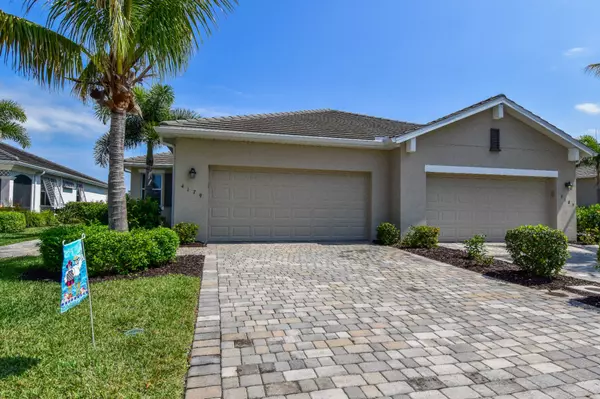
As a Florida realtor, I often encounter home buyers who are unfamiliar with the concept of a "villa." In regions where traditional single-family homes, condos, and townhouses dominate the landscape, the idea of an attached villa can be quite novel. Typically, villas are found in master-planned communities. What is a Villa? Ownership: An attached villa is similar to a duplex in that it consists of two attached units. However, unlike a duplex, where one owner might own both sides, a villa typically means you own just one side of the building. Structure: Each villa unit shares a common wall with the adjacent unit. This offers a blend of privacy and community living, as you have your own entrance, yard, and often a garage, but also a neighbor close by. Single-Level Living: Most villas are single-story, making them an excellent option for those who prefer or require one-level living. Maintenance: Villas often come with some shared maintenance responsibilities, particularly for exterior elements and landscaping, which can be managed by a homeowners' association (HOA). The Appeal of Villas Villas are popular for several reasons: Affordability: Villas can be more affordable than single-family homes, making them an attractive option for first-time buyers, retirees, or those looking to downsize. Low Maintenance: With the HOA taking care of many exterior maintenance tasks, villa owners can enjoy a lower-maintenance lifestyle. Community: Villas often foster a sense of community, as they are typically part of a larger development with shared amenities. What is a Master-Planned Community? To fully appreciate the villa lifestyle, it's essential to understand the concept of a master-planned community. These communities are meticulously designed to offer residents a cohesive living experience with a variety of amenities and conveniences. Here’s what characterizes a master-planned community: Comprehensive Design: Master-planned communities are designed with a long-term vision in mind, often spanning large areas and incorporating diverse housing options, recreational facilities, and natural spaces. Amenities: These communities typically offer a wide range of amenities such as clubhouses, swimming pools, fitness centers, parks, walking trails, golf courses, and sometimes even schools and shopping centers. Everything is designed to be within easy reach of the residents. Community Feel: With organized events, clubs, and social activities, master-planned communities promote a strong sense of community and neighborliness. Villas in Master-Planned Communities Living in a villa within a master-planned community combines the best of both worlds. Here’s how: Convenience: With numerous amenities and facilities close by, you can enjoy a lifestyle that feels like resort living. Whether it's a morning swim, an evening stroll, or a quick trip to the local grocery store, everything is designed for convenience. Social Opportunities: The structured environment of a master-planned community means there are plenty of opportunities to meet and socialize with neighbors, from community events to shared recreational activities. Security and Peace of Mind: Many master-planned communities offer enhanced security features such as gated entrances and regular patrols, providing residents with added peace of mind. Understanding what a villa is and the benefits of living in one can open up new possibilities for homebuyers, particularly those unfamiliar with this unique housing option. Villas offer a blend of privacy, affordability, and low-maintenance living, making them an attractive choice in Florida’s vibrant real estate market. When nestled within a master-planned community, villas provide an even richer living experience, with a host of amenities and a strong sense of community. If you’re considering a move to Florida or simply exploring different housing options, a villa in a master-planned community might just be the perfect fit for your lifestyle. Contact me today to learn more and start your journey towards finding your ideal home in the Sunshine State.
Read More Avoid These Costly Mistakes: The Crucial Role of a Real Estate Agent in Today's Market

The housing market is in a state of transition. With higher mortgage rates slowing down buyer activity and an increase in the number of homes for sale, navigating this landscape can be tricky. If you’re not working with a Real Estate Agent, you might be missing crucial insights and making costly mistakes. Here are some common mistakes sellers make and how a Real Estate Agent can help you avoid them: 1. Overpricing Your Home Many sellers are tempted to set their asking price too high, which can lead to an uptick in price reductions. Overpricing can deter potential buyers, cause appraisal issues, or result in your house sitting on the market longer than necessary. According to the National Association of Realtors (NAR): "Some sellers are pricing their homes higher than ever just because they can, but this may drive away serious buyers and result in unapproved appraisals..." To avoid this pitfall, partner with a real estate professional. Realtors use recent sales data, the condition of your house, local market trends, and more to set a price that attracts home buyers and encourages competitive offers, leading to a quicker sale. 2. Skipping the Small Stuff Neglecting minor repairs can turn off potential home buyers and result in lower offers or demands for concessions. As Money Talks News points out: "Home shoppers like to turn on lights, flush toilets, and run the water. If these basic things don’t work, they may assume you’ve skipped other maintenance. Homes that appear neglected aren’t likely to fetch top price." Your Real Estate Agent can help you identify and prioritize these repairs. A walk-through with your Real Estate Agent before listing can highlight any issues that need attention, ensuring your home looks its best for prospective home buyers. 3. Not Looking at Things Objectively With high home prices and mortgage rates, buyers today are more price-sensitive. They might make offers lower than you expect, especially if your home isn't staged, priced, or marketed well. It’s crucial not to take these offers personally. As Ramsey Solutions advises: "Remember, a buyer’s offer is not a reflection of their opinion of your home or your housekeeping abilities... The sale of your home is strictly a business transaction. If they start out with a low offer, don’t take it personally and get emotional. Instead, channel that energy toward negotiating." A Real Estate Agent can help you stay objective and focus on negotiations, guiding you to make counteroffers that keep the sale moving forward. 4. Being Unwilling to Negotiate With more homes on the market, home buyers have increased options and more negotiation power. You might encounter requests for inspections, repairs, or assistance with closing costs. U.S. News Real Estate explains: "If you’ve received an offer for your house that isn’t quite what you’d hoped it would be, expect to negotiate... the only way to come to a successful deal is to make sure the buyer also feels like he or she benefits... consider offering to cover some of the buyer’s closing costs or agree to a credit for a minor repair the inspector found." Your Real Estate Agent will help you navigate these negotiations, advising on what concessions to make based on your goals and circumstances. 5. Not Using a Real Estate Agent For each of these common mistakes, the underlying solution is clear: work with a Real Estate Agent. Selling your home without professional help can lead to errors that cost you time and money. Real Estate Agents bring expertise in pricing, marketing, negotiating, and more, streamlining the selling process and often securing a higher final sale price. Bottom Line To avoid these mistakes and ensure a smooth, profitable sale, partnering with a Real Estate Agent is essential. Their knowledge and experience are invaluable in today’s dynamic housing market.
Read More
Categories
Recent Posts
